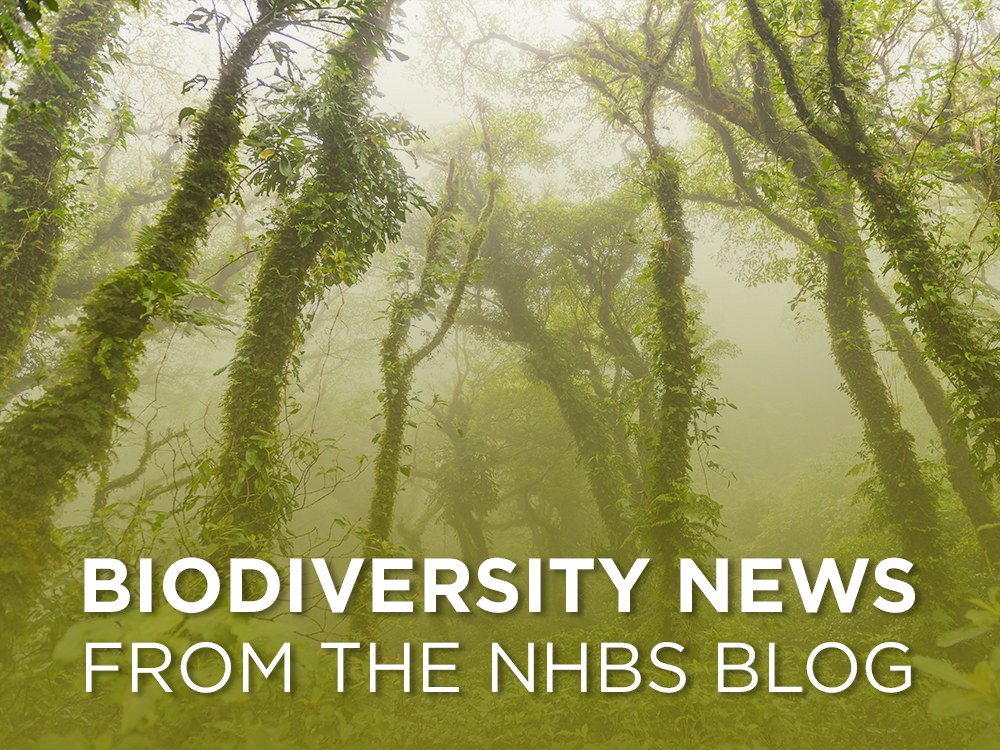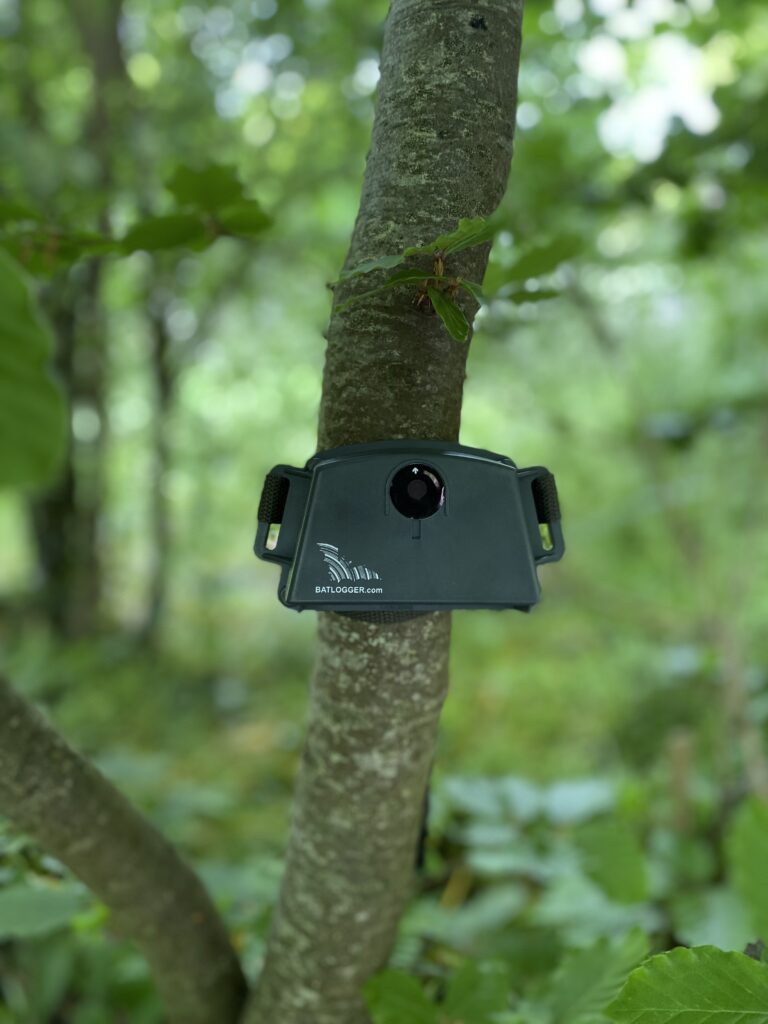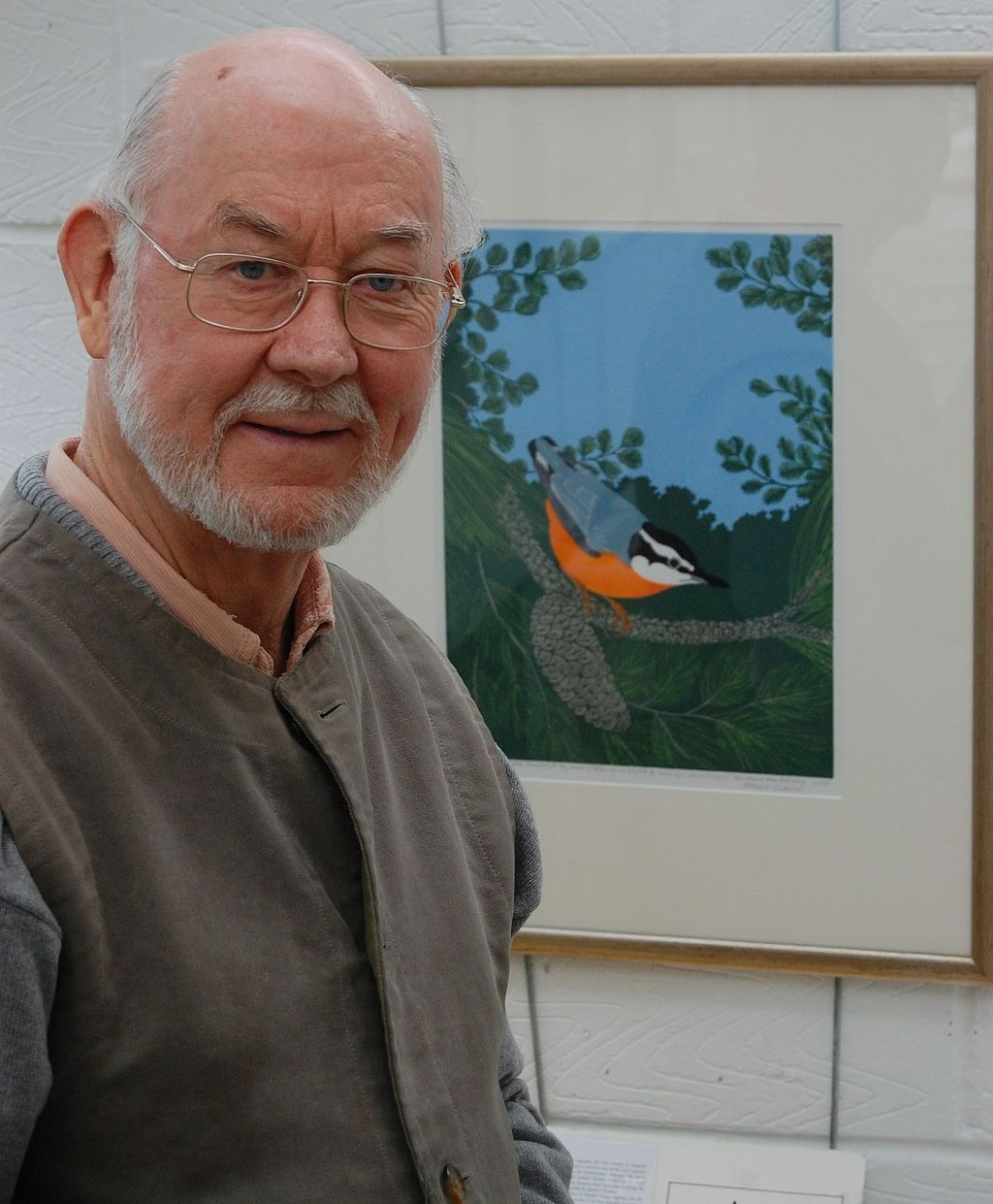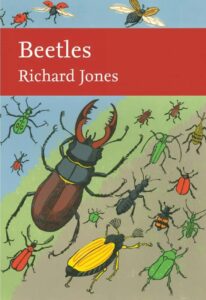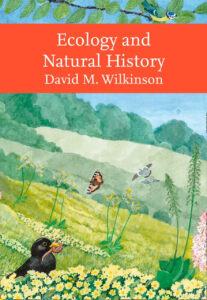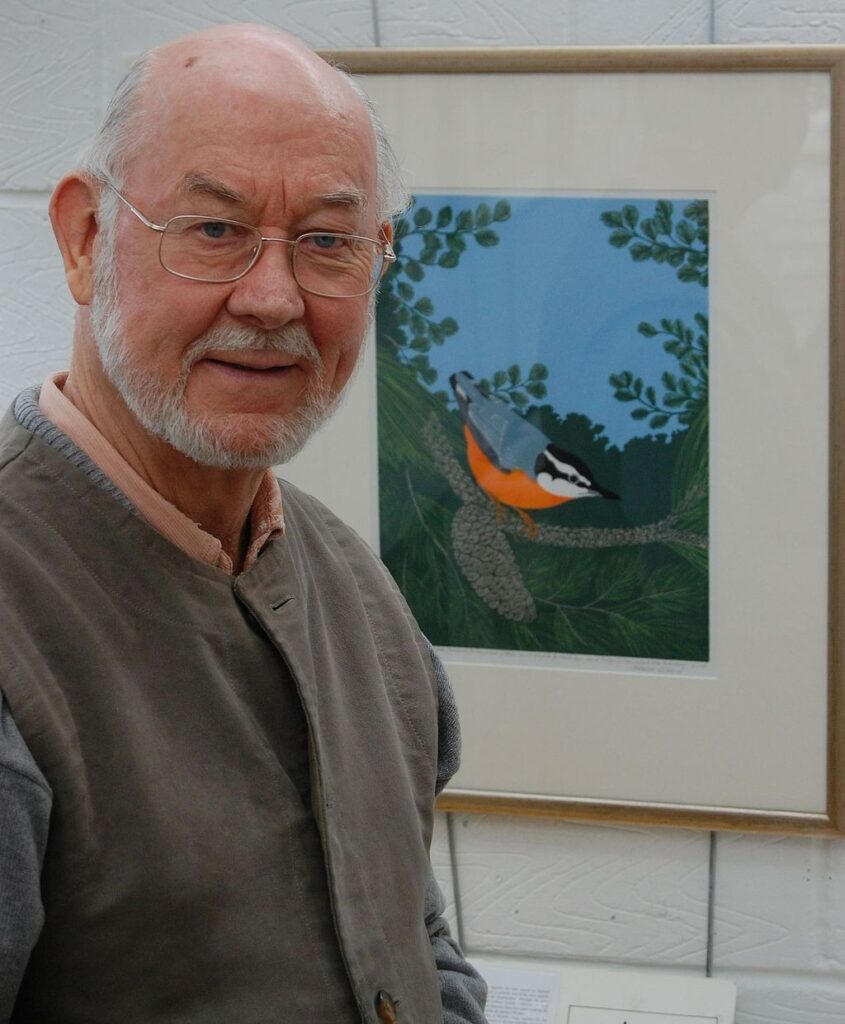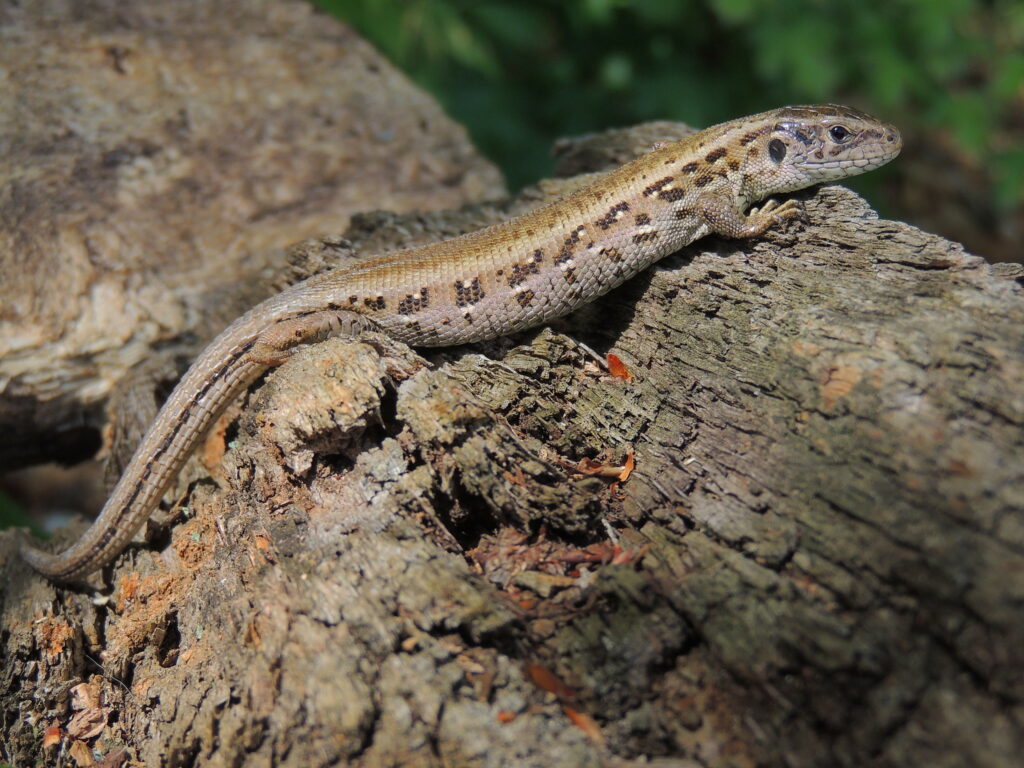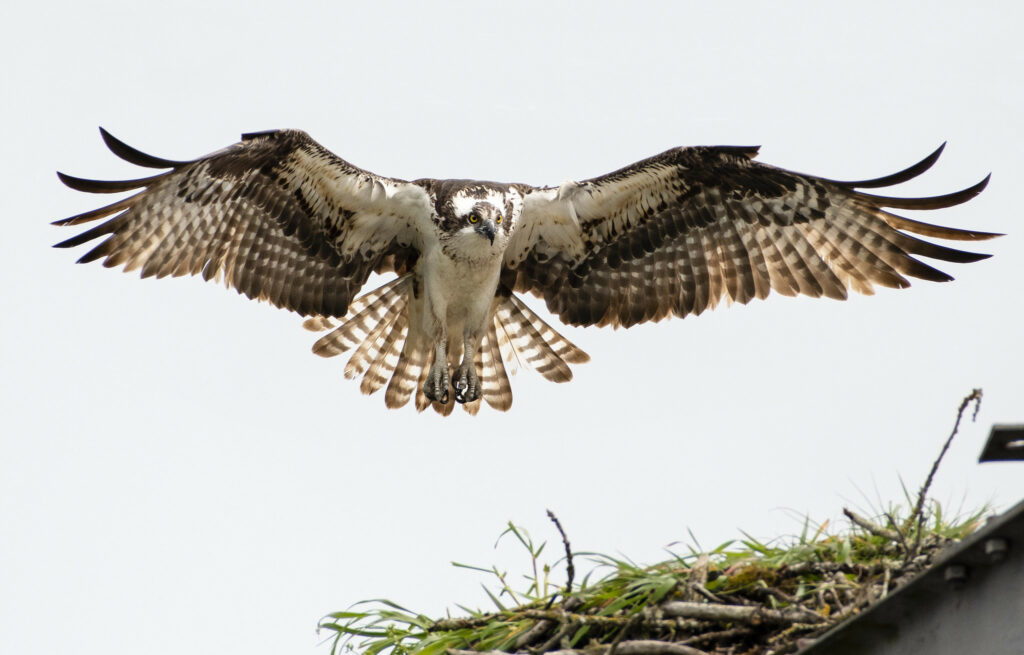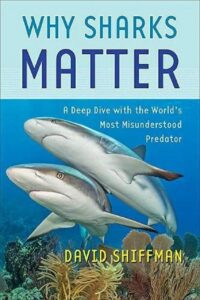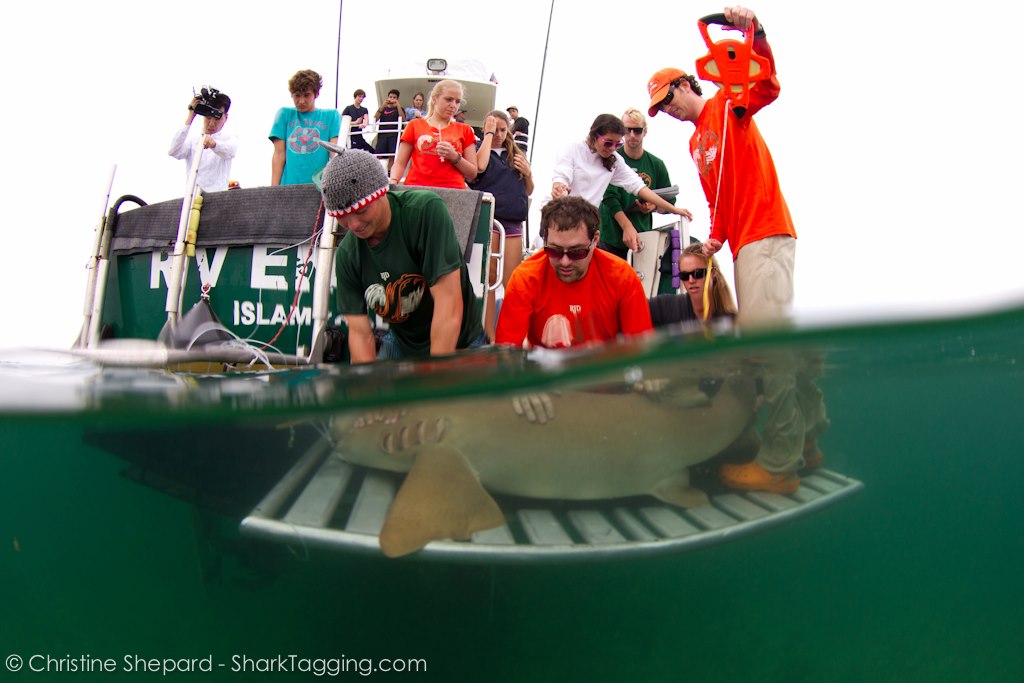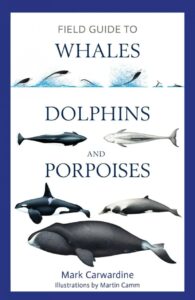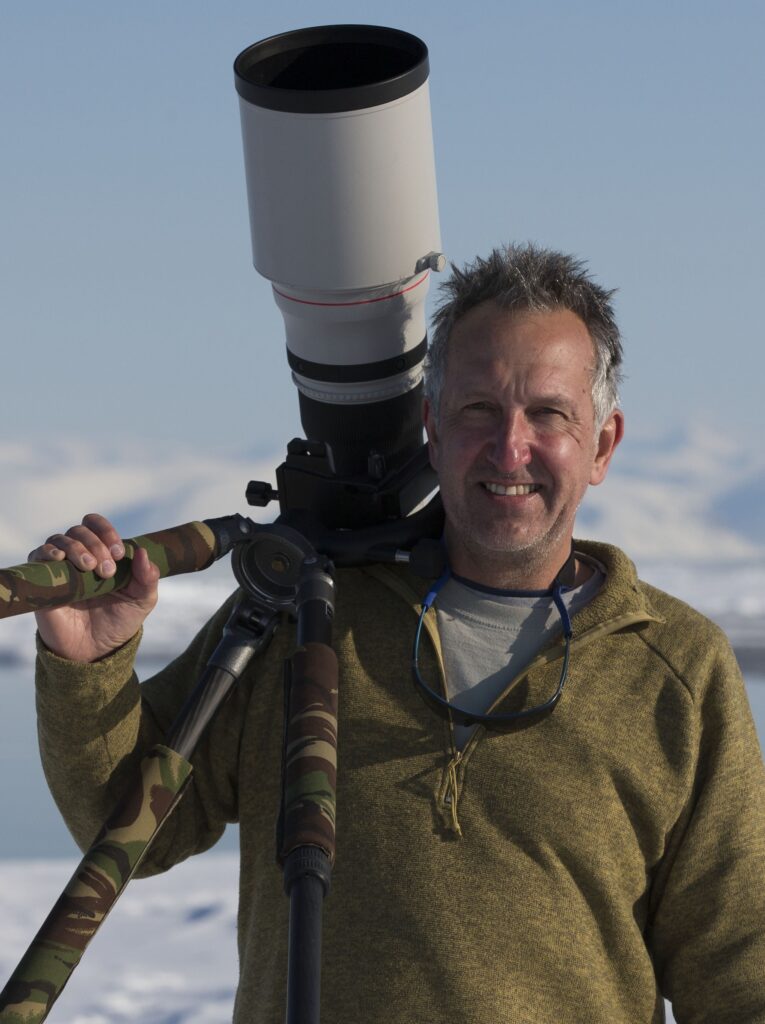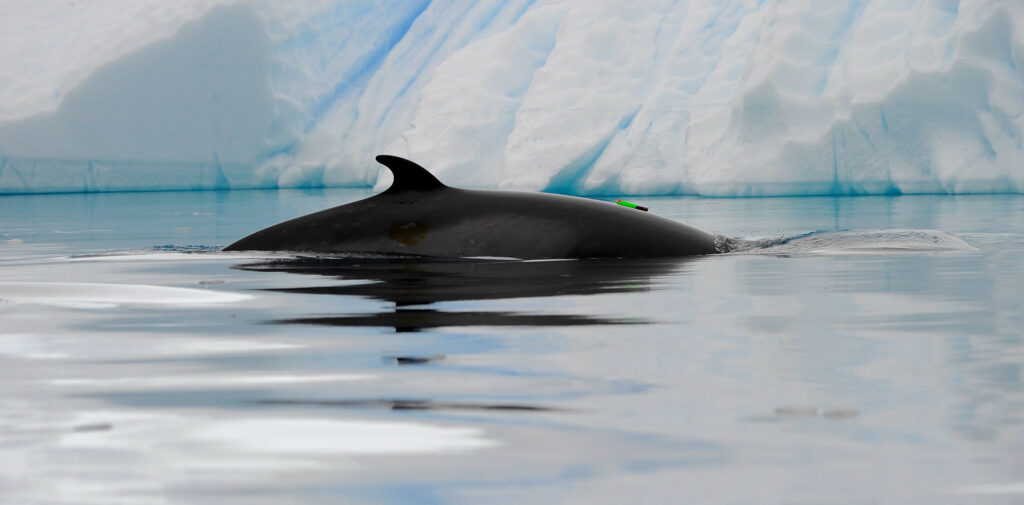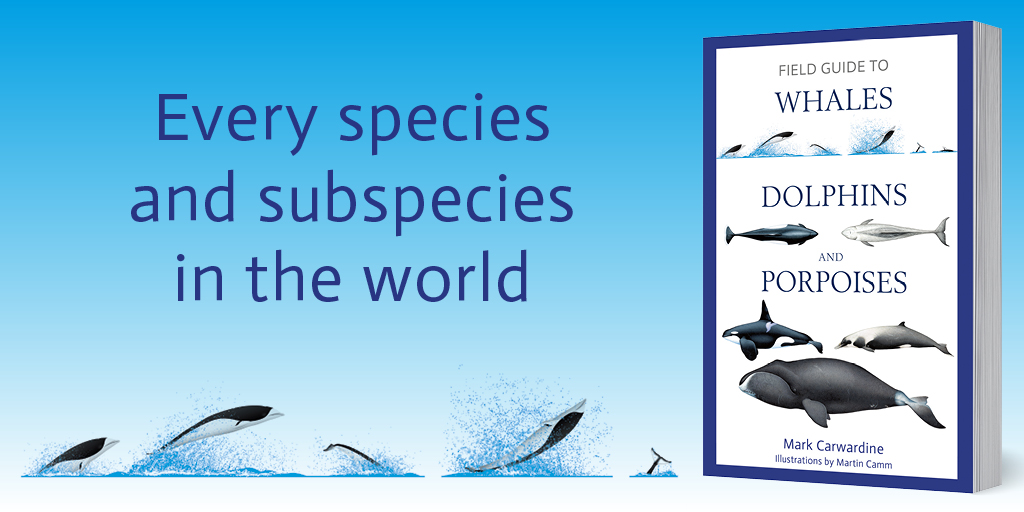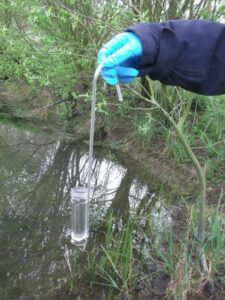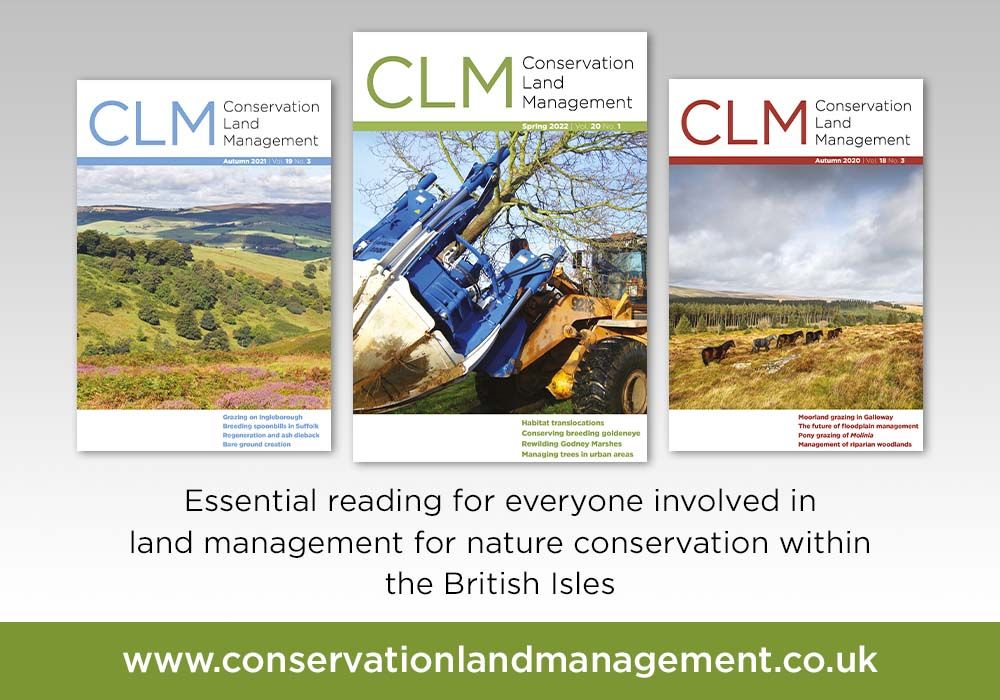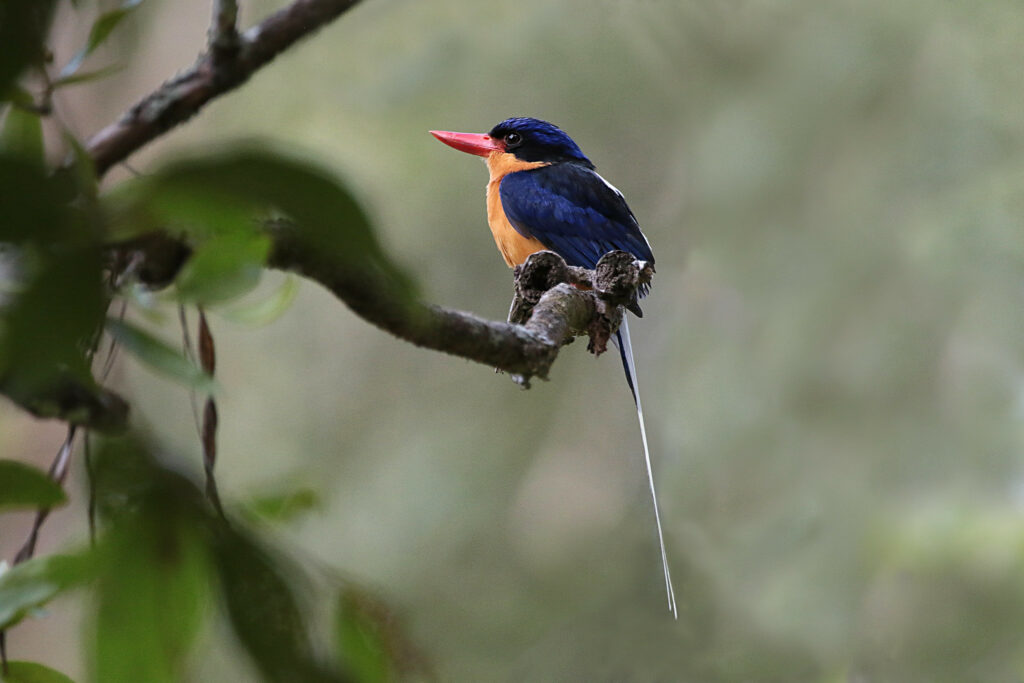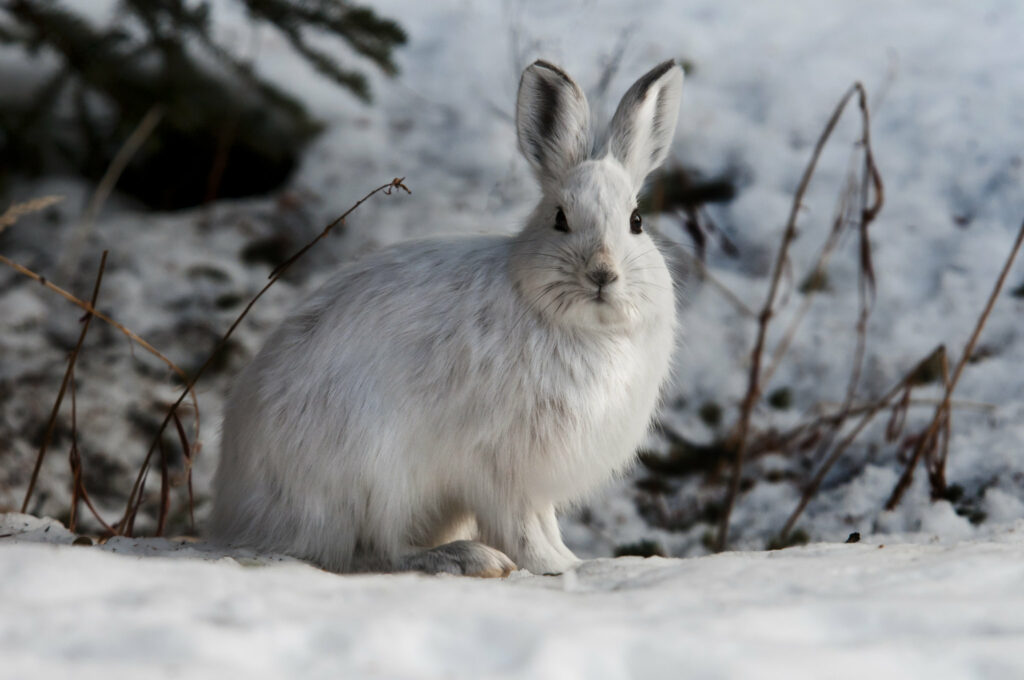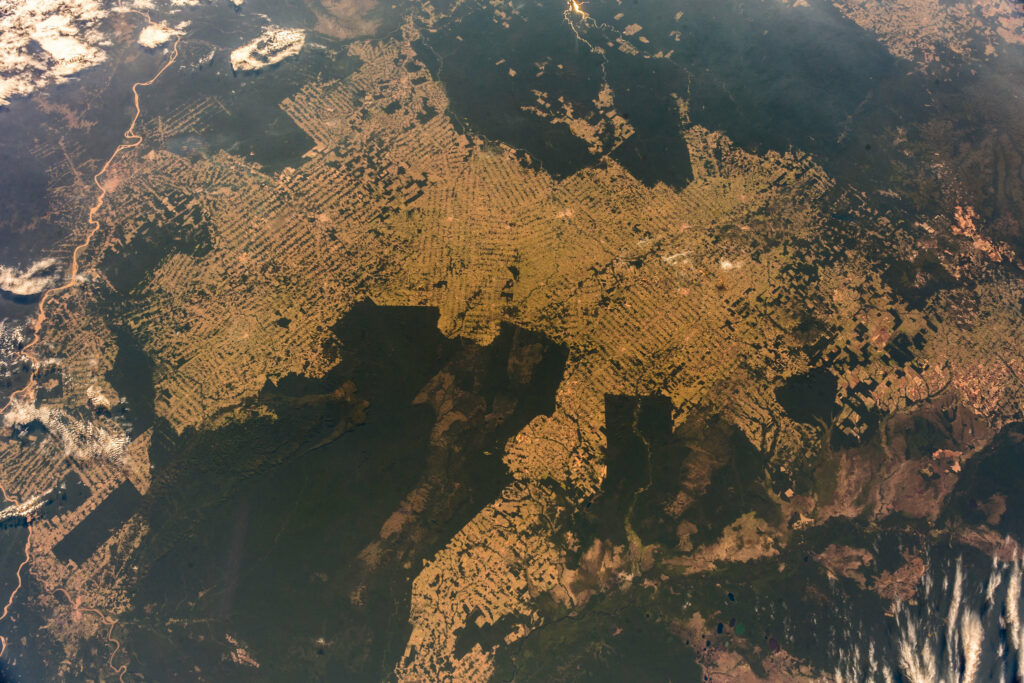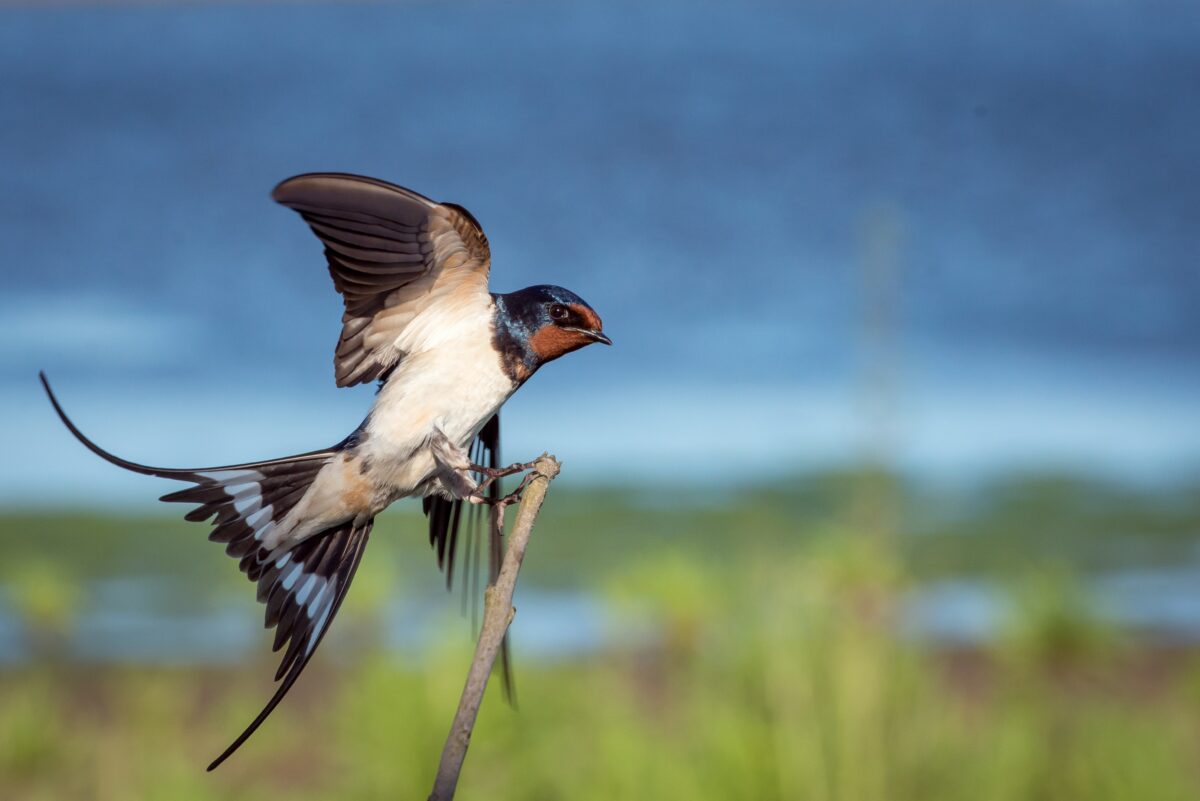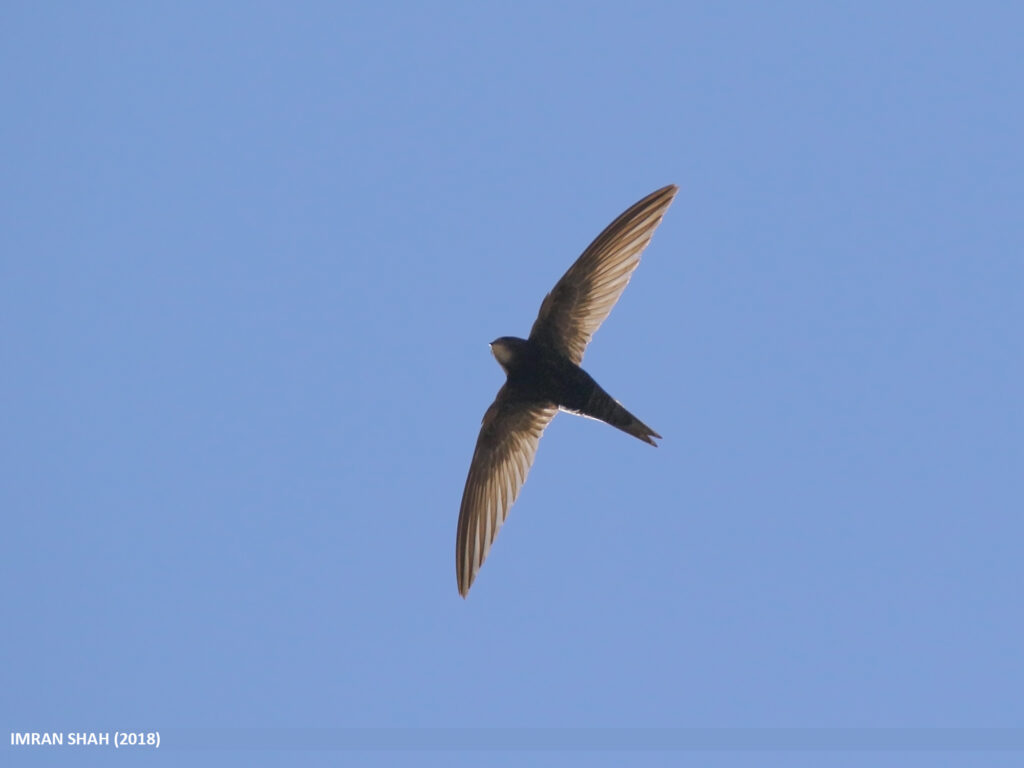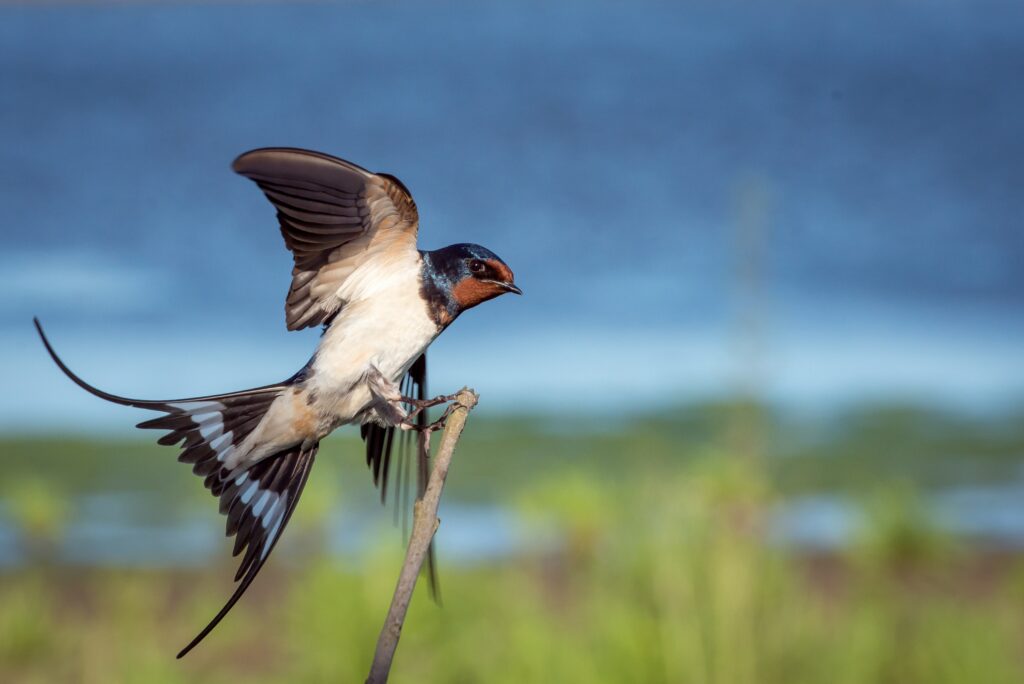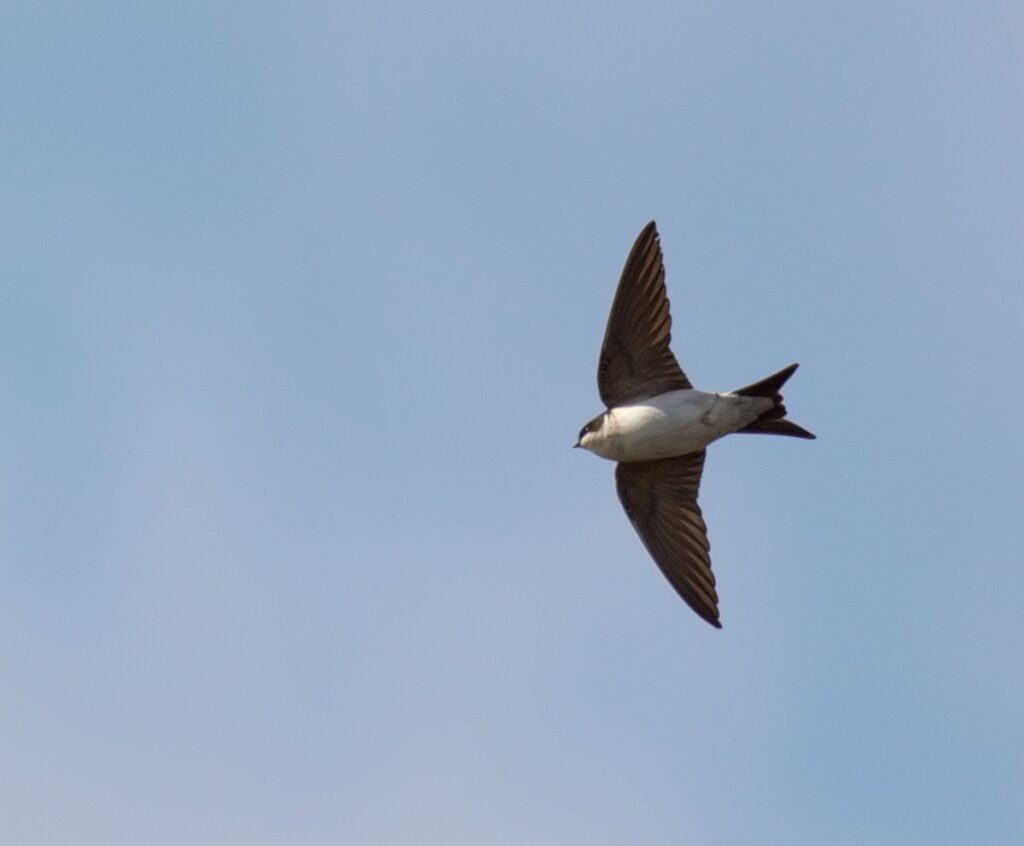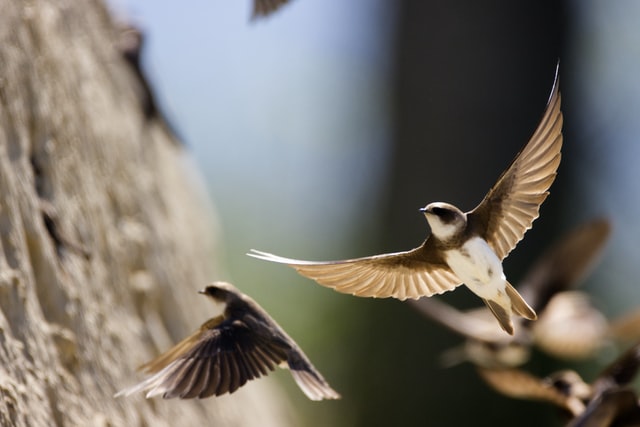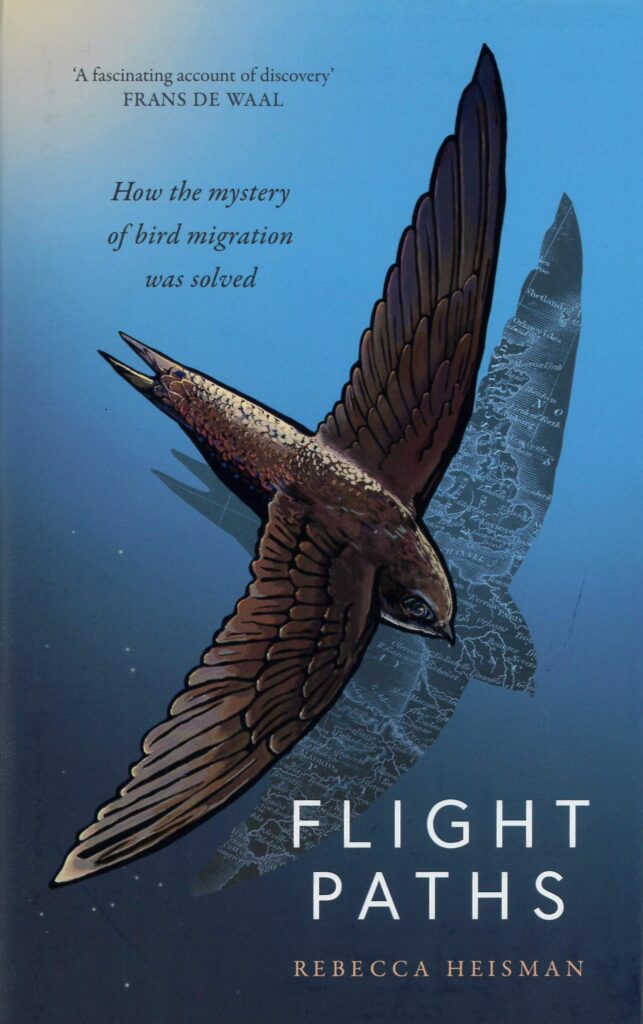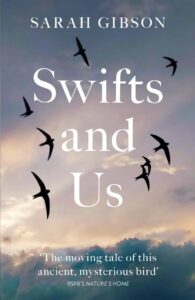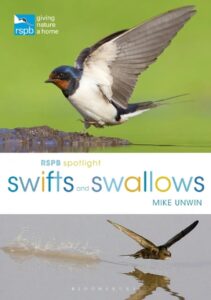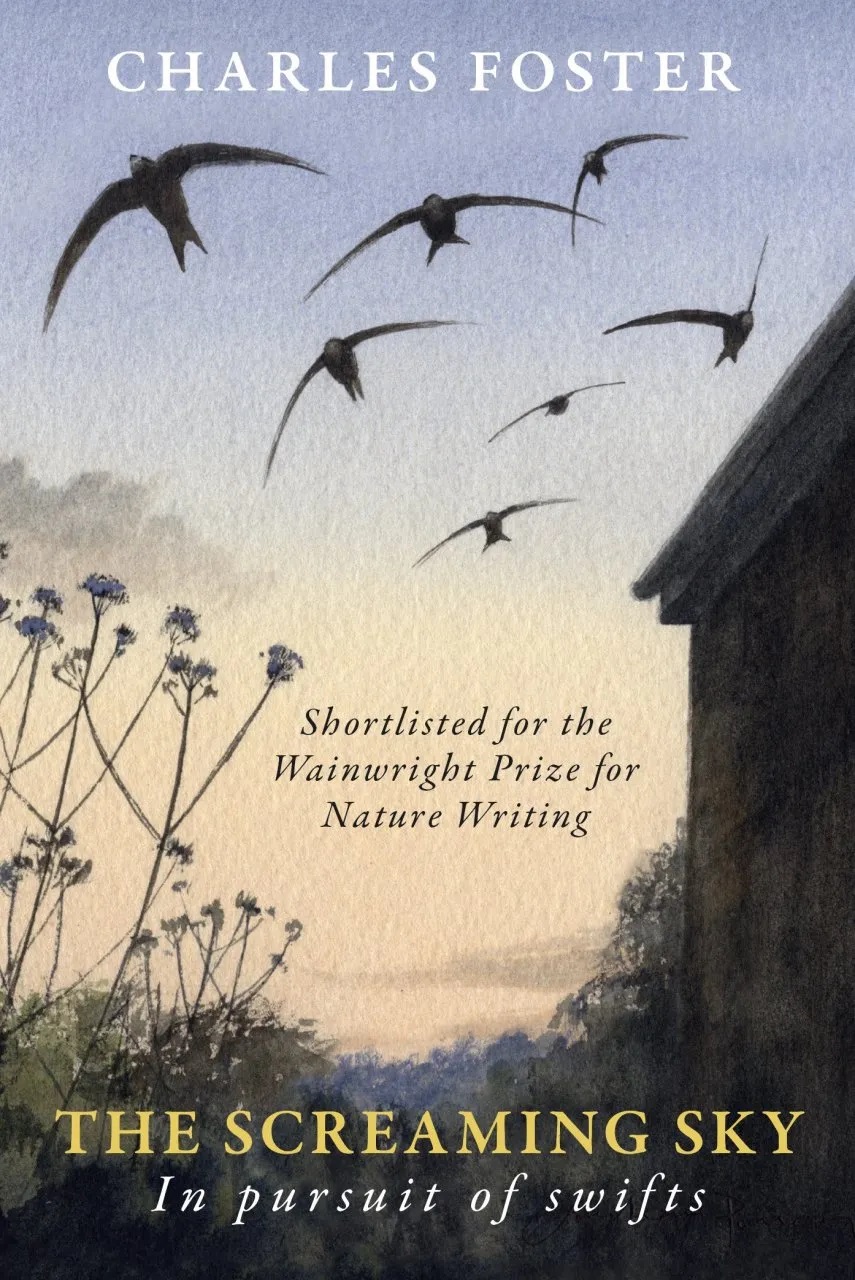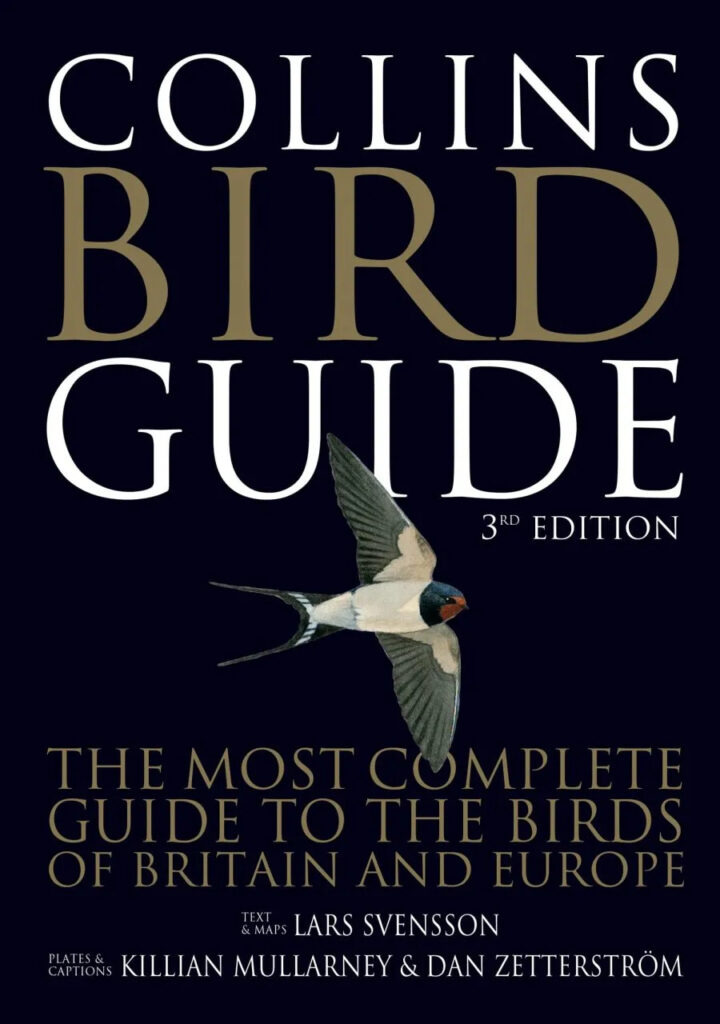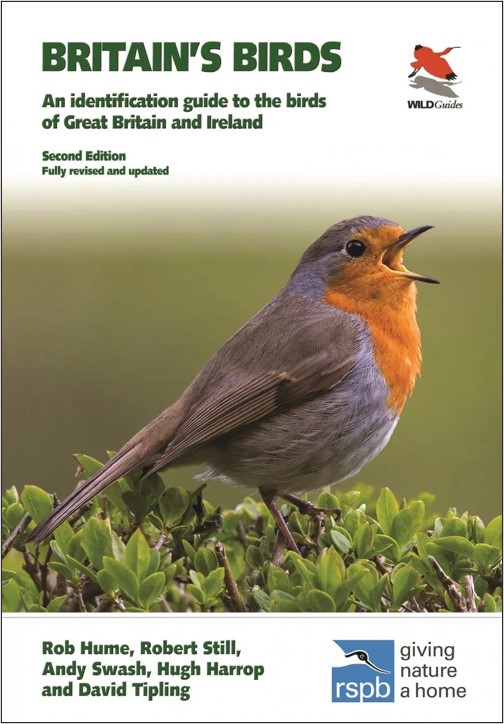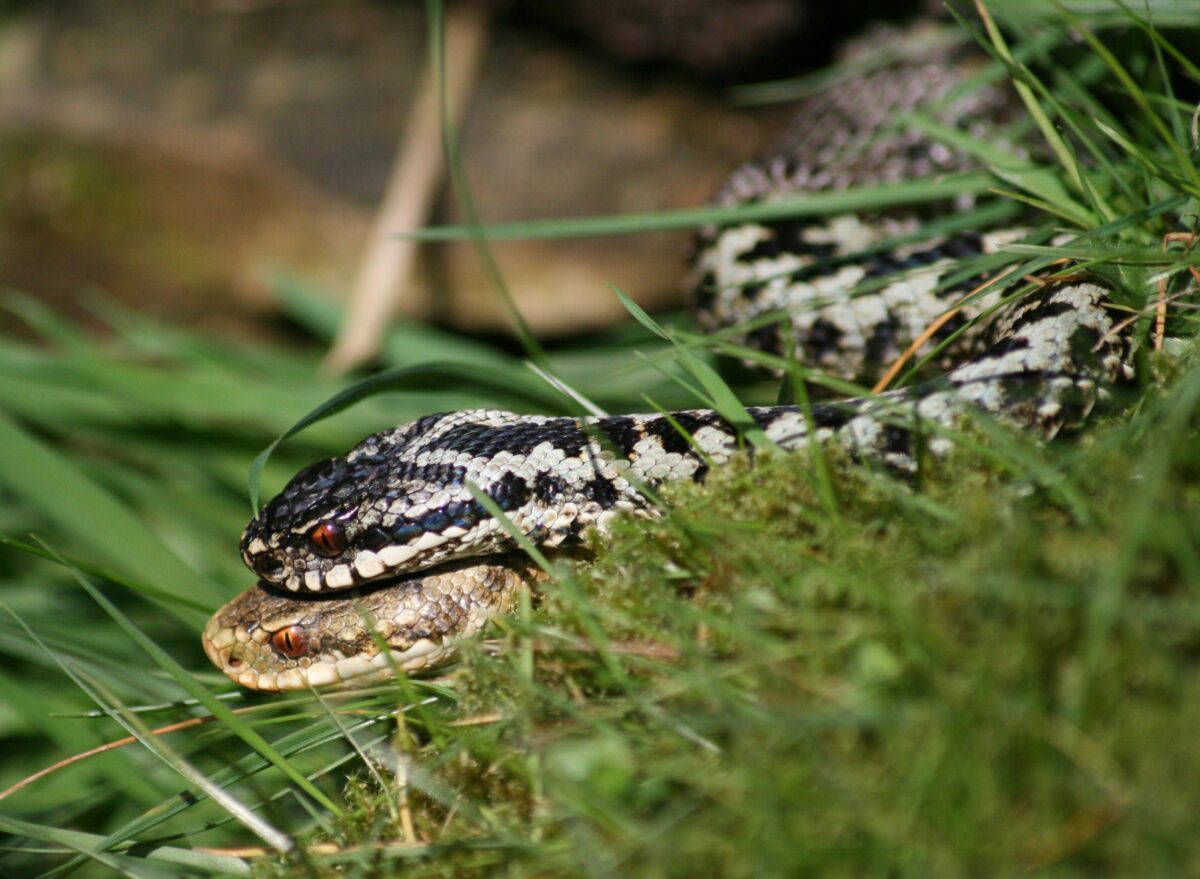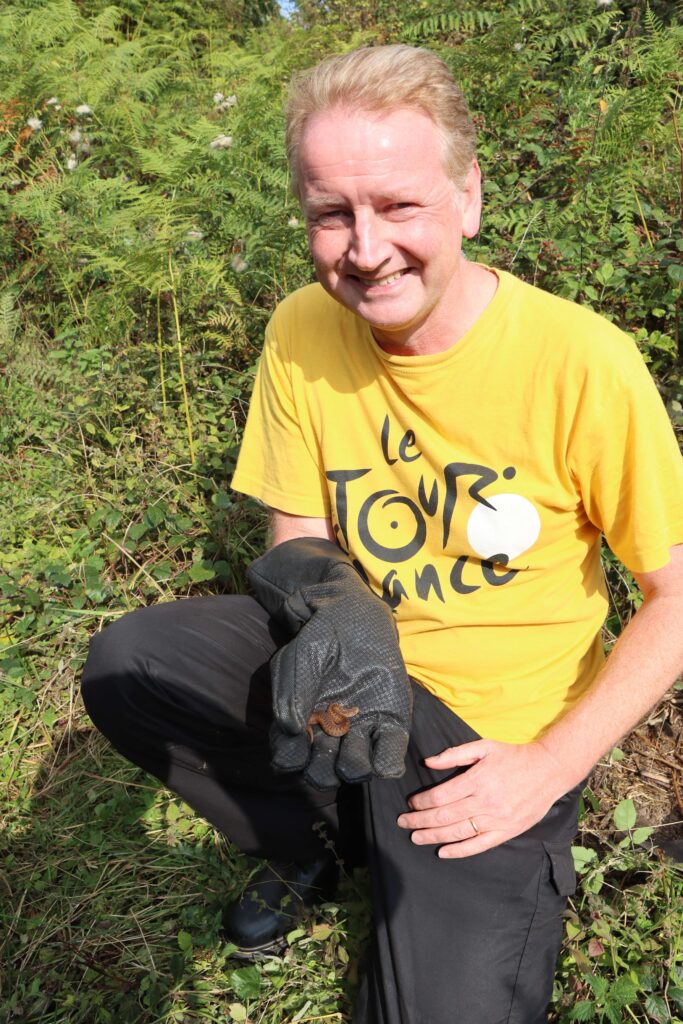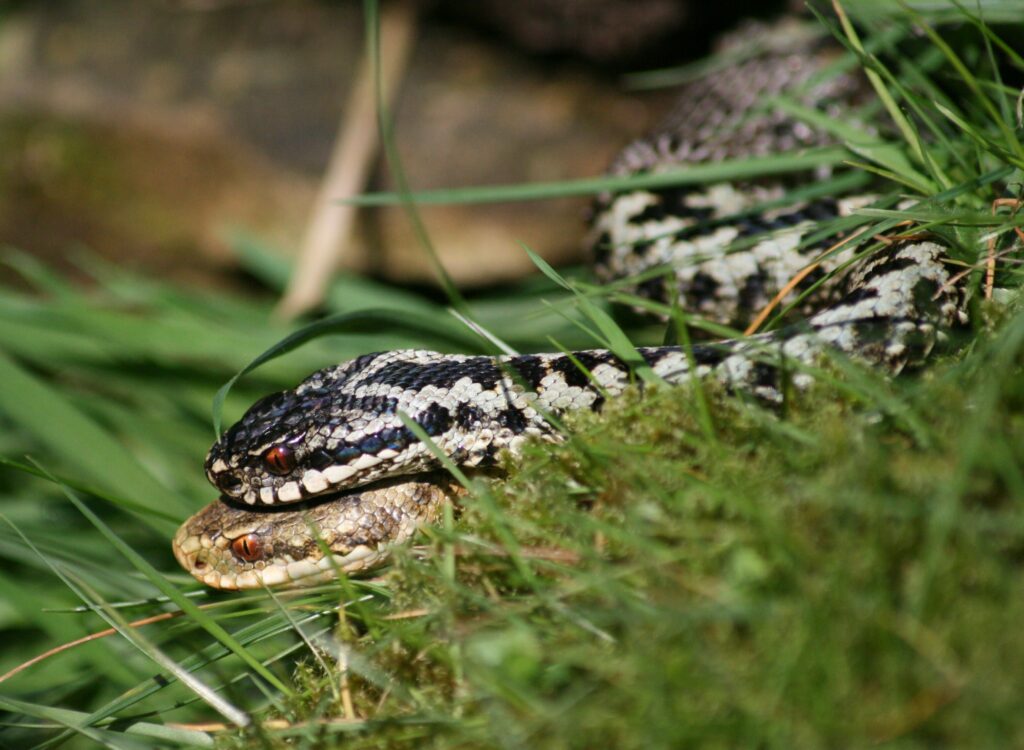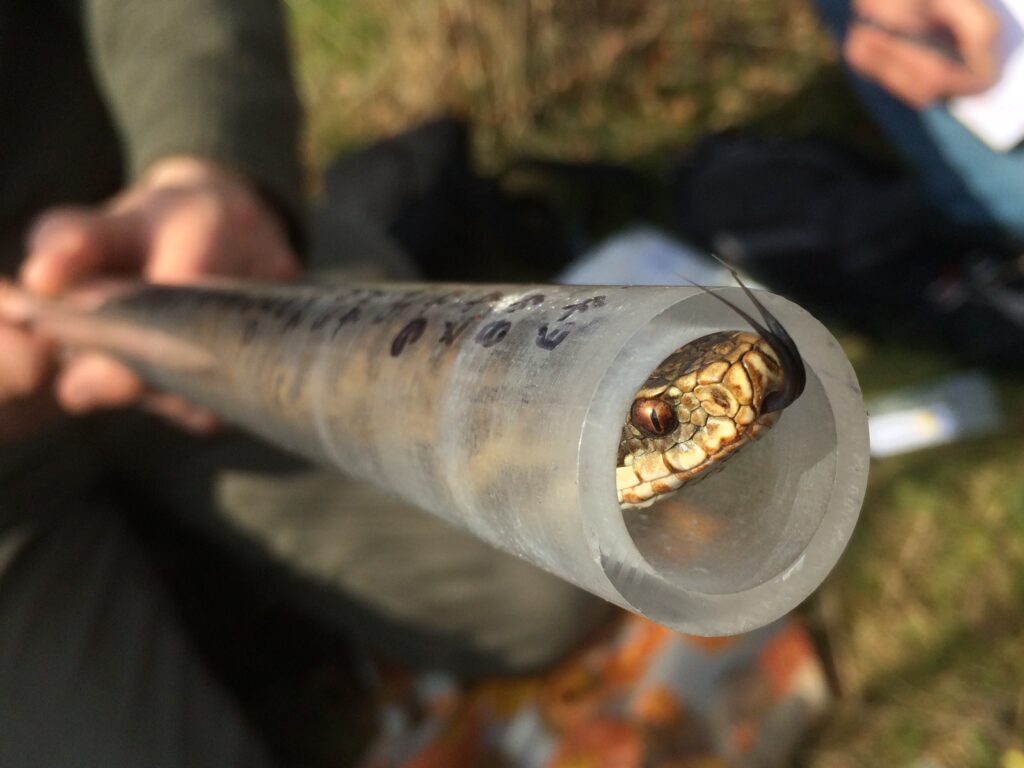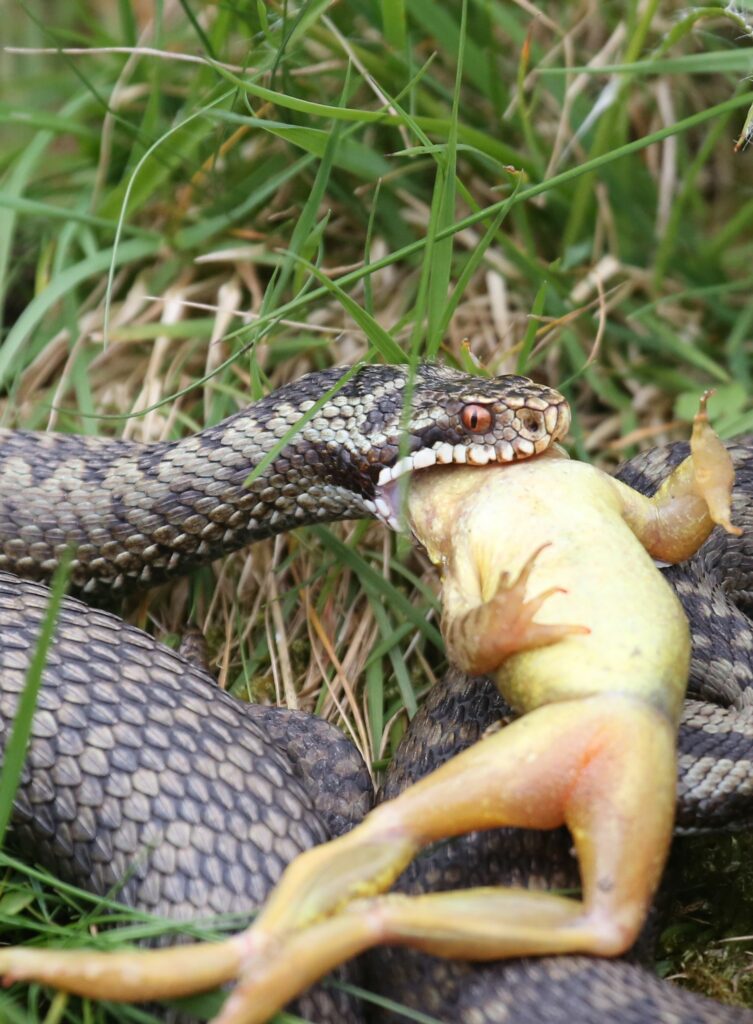Climate change
Bleached sea sponges have been found in New Zealand waters for the first time, with extreme ocean temperatures being blamed. Bleaching was found in more than a dozen sites near Breaksea Sound and Doubtful Sound in Fiordland, with as many as 95% of sponges bleached in some parts. These sponges play an important role in the ecosystem by creating habitats for fish and by releasing carbon, which other species feed off. The region had recorded temperatures up to 5°C higher than usual in April, which researchers think has a “very strong correlation” with the bleaching events.
Research
Paleobiologists are using shark teeth to decipher evolutionary processes. By studying multiple tiger shark teeth from different developmental stages, from embryos to adults, a team of researchers are able to draw conclusions about extinct species based on preserved shark teeth. This contribution to our knowledge of dental characteristics during tiger shark development will help researchers understand the developmental and evolutionary processes of both present and extinct sharks.
Extinction risk
Habitat loss is endangering migratory birds in Tanzania. The Kilombero wetland, an important habitat for numerous bird species, is under threat from human-caused degradation, such as recurring drought spells, unsustainable farming practices and overgrazing. Pantaleo Munishi, a Professor of Ecosystems and Conservation at the Sokoine University of Agriculture believes many bird species native to Kilombero will become extinct within a decade as they may be unable to cope.
A new study has found that the number of flying insects has declined by nearly 60% in less than 20 years. This decline threatens our entire ecosystem, and a wide variety of species may go extinct, including wildflowers, songbirds, bats and fish. Scientists are also warning that this loss could increase food bills, as insects play a vital role in pollination and nutrient recycling.
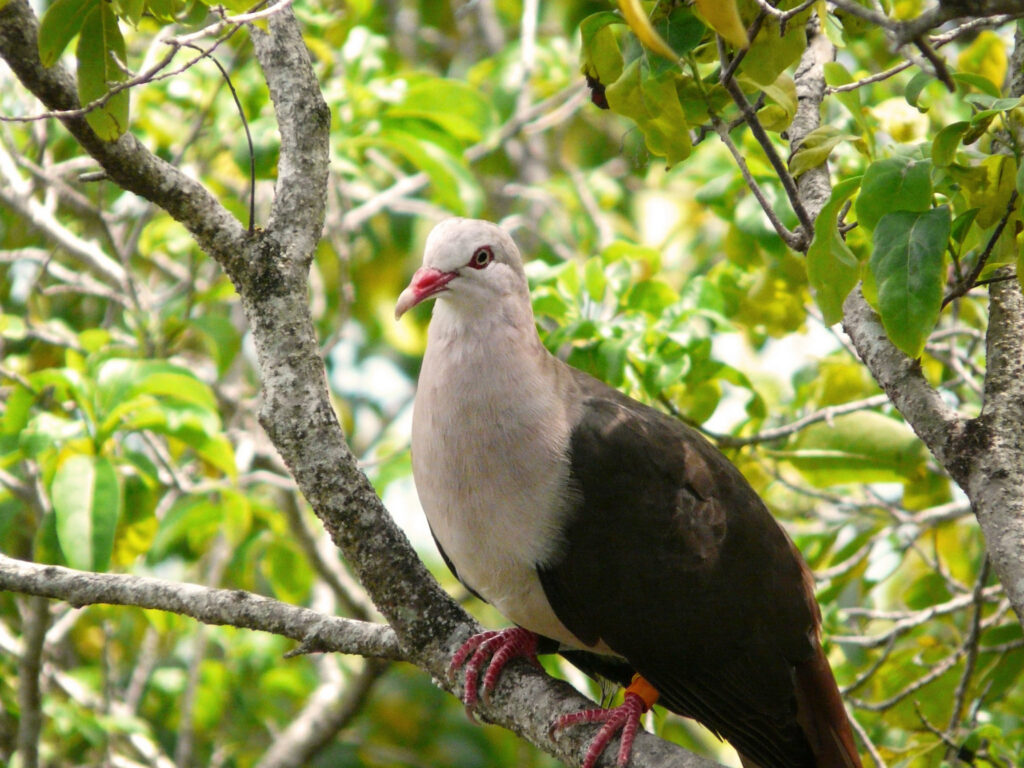
Pink pigeons have made a recovery in Mauritius but the species is still losing genetic diversity. In the 1980s, it was estimated that only around ten pink pigeons were left in the wild. They were threatened by introduced predators such as cats and rats, as well as the loss of almost all of their native forest. Through a captive breeding and release programme, which began with an initial population of 12 birds taken from the wild in the 1970s and 80s, there are around 400 individuals in the wild, downlisting the species from critically endangered to vulnerable. As the population has experienced such a bottleneck, however, there is a risk of “genomic erosion” and individuals becoming less genetically healthy as so many are closely related. This can reduce the chances of the pigeons hatching and fledging successfully, as well as reducing their lifespan. A new study has been published looking into this genomic erosion.
Policies
Campaigners are accusing ministers of “giving up” on protecting the UK’s seabirds as they plan to apply for an exemption to a legal duty to protect the rare species. 24 of the UK’s 25 breeding seabirds were placed on the Red or Amber Birds of Conservation Concern List, including puffins and gannets. The legal duty to halt seabird decline was imposed by the UK marine strategy, first published in 2012, along with 14 other measures to achieve “good environmental status” by 2020. The UK has failed to meet 11 of those targets, with seabird decline worsening from the 2012 starting point.

The Finnish Government has approved a proposal for the new Nature Conservation Act, with new updates, provisions and chapters on voluntary ecological compensation, threatened habitats, management of data on the natural environment, and a national biodiversity strategy and action programme. The proposal was first prepared at the beginning of 2020 and is hoped to be entered into force in summer 2023.
Conservation
New nature reserves, pocket parks and a mass community movement will bring nature back to London. Rewilding experts commissioned by the mayor, Sadiq Khan, are drawing up a proposal to rewild the city. Core rewilding areas will be chosen on the outskirts of London and will be connected by nature corridors crisscrossing the city. One plan includes turning parts of the Thames estuary into wetlands.
A record number of dams were removed from Europe’s rivers in 2021. Around 239 dams and weirs were removed across 17 countries last year. These river barriers block fish migration routes, leading to the loss of breeding grounds and reduced species abundance, impacting the ecosystem and species that rely on these fish, such as otters and eagles. More than 1 million barriers still exist on Europe’s rivers, with around 150,000 no longer serving any economic purpose.
A “ground-breaking” biodiversity audit of more than 10,000 species along a 105-mile stretch of coastline in north Norfolk has been created to help any decisions about their future. This stretch included a huge variety of habitats, including saltmarsh, sand dunes, freshwater grazing marshes and other wetlands. The huge database included more than a million biological records and was combined with other ecological datasets, along with knowledge from natural history experts and managers. The audit will hopefully be used to help inform decisions on how best to improve the diversity of the area.
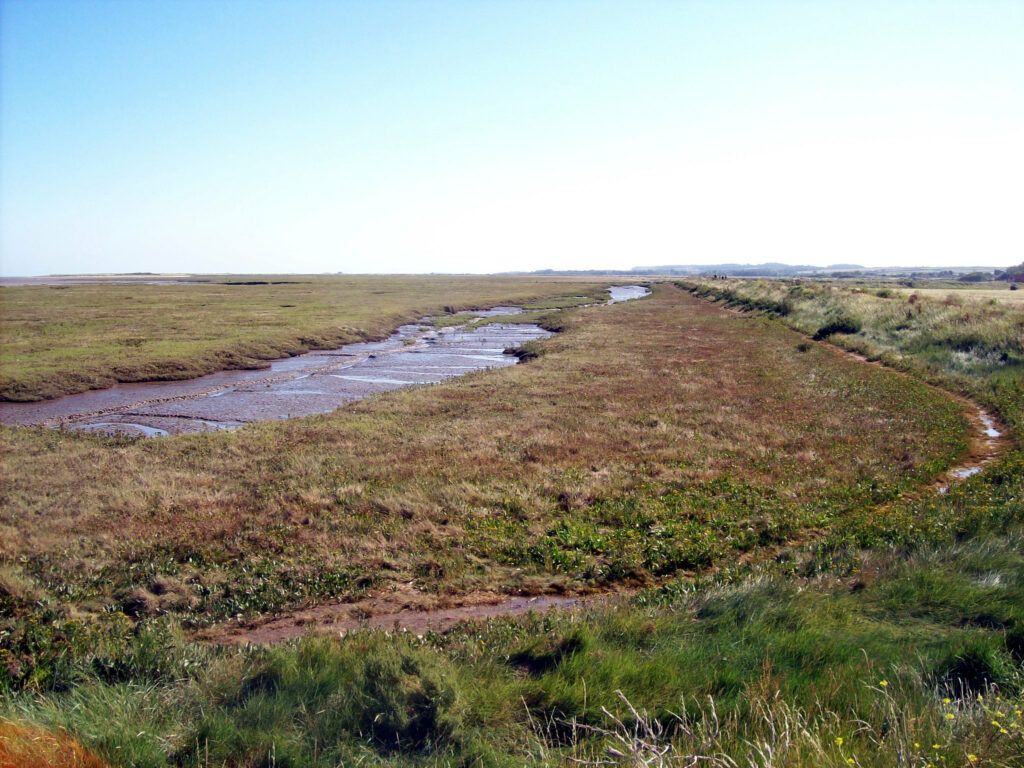
New wetlands will be created along the West Midlands road network as part of the £6m Network for Nature programme launched by National Highways and the Wildlife Trusts. One wetland, to be created in the Lugg Valley close to the A49, is hoped to bridge a gap for wildlife between Bodenham Lake nature reserve and Wellington Gravel Pits. It is also expected to reduce pollution entering the River Lugg, creating drainage pools close to the A49. In total, 26 projects will develop and restore over 1,700 acres of woodlands, grasslands, peatlands and wetlands across England.

